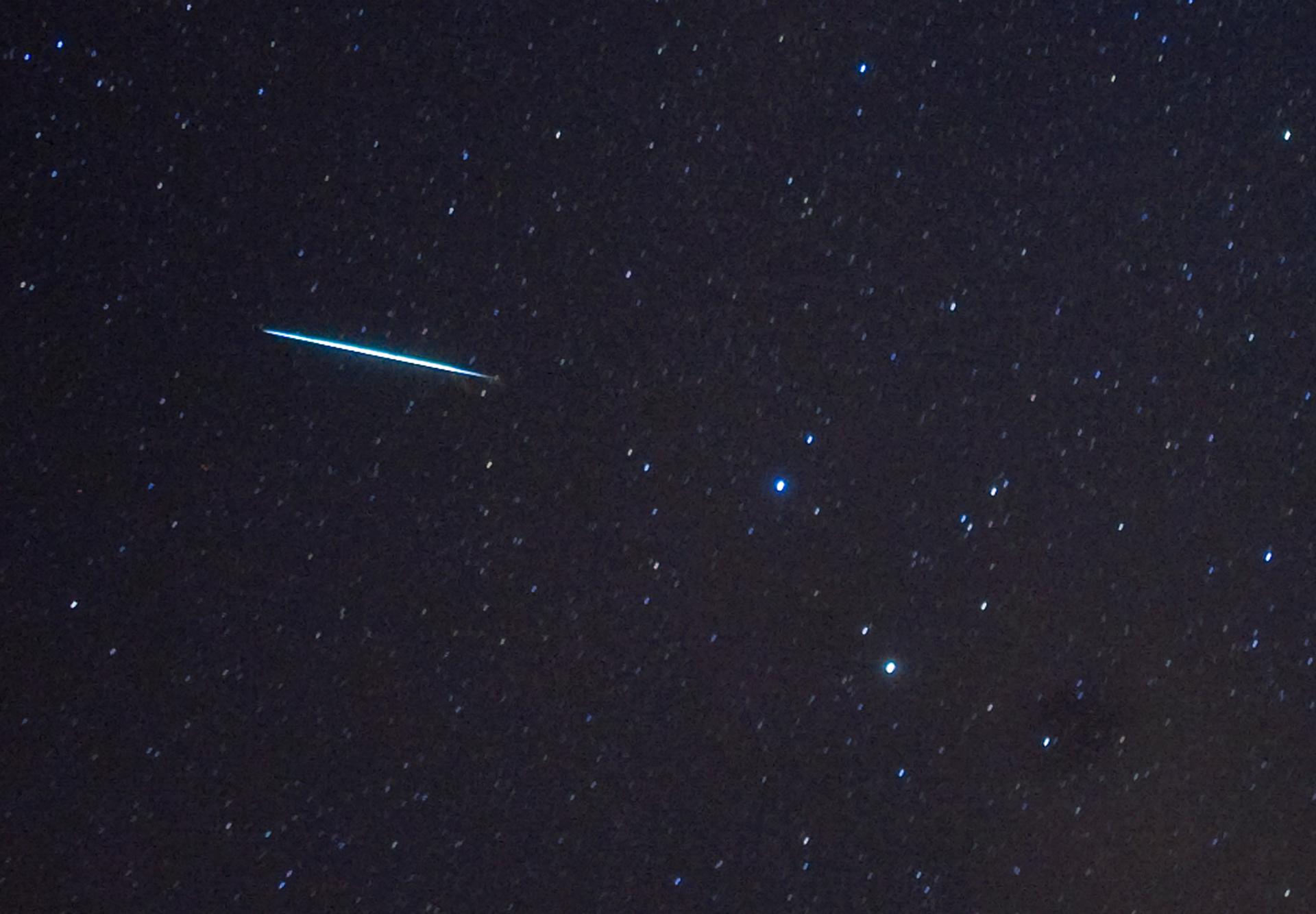Meteor shower from Halley’s Comet expected this week
An Orionid meteor shower will light up the nightsky next weekend says NASA.
A meteor shower produced by pieces of Halley's comet will peak this weekend.
NASA said that the meteor shower will peak the evening of Saturday October 20th as Earth flies through the icy debris, which will light up the sky.
The Orionid shower – so-called as the meteors appear to originate near the constellation Orion – happens annually and produce about 20 meteor per hour, said DiscoveryNews.
Space.com said that the last five years have seen ever more impressive showers.
"Flakes of comet dust hitting the atmosphere should give us dozens of meteors per hour," said Bill Cooke, head of the Meteoroid Environment Office at NASA's Space Flight Center, reported the website.
More from GlobalPost: NASA finds 4,700 potentially dangerous asteroids
"Since 2006, the Orionids have been one of the best showers of the year, with counts of 60 or more meteors per hour," he added.
Bright moonlight will likely not be a problem given that it is at the end of its cycle and thus won't be seen in Sunday morning's skies.
Halley's comet, which appears every 76 years, shoots around the solar system and will be seen again during our old age in 2061.
The comet produces two meteor showers per year: the Orionids and Eta Aquarids, which occurs in early May.
Edmond Halley, an English astronomer in the 17th century, was the first to discover the reappearance of the comet.
We want to hear your feedback so we can keep improving our website, theworld.org. Please fill out this quick survey and let us know your thoughts (your answers will be anonymous). Thanks for your time!
